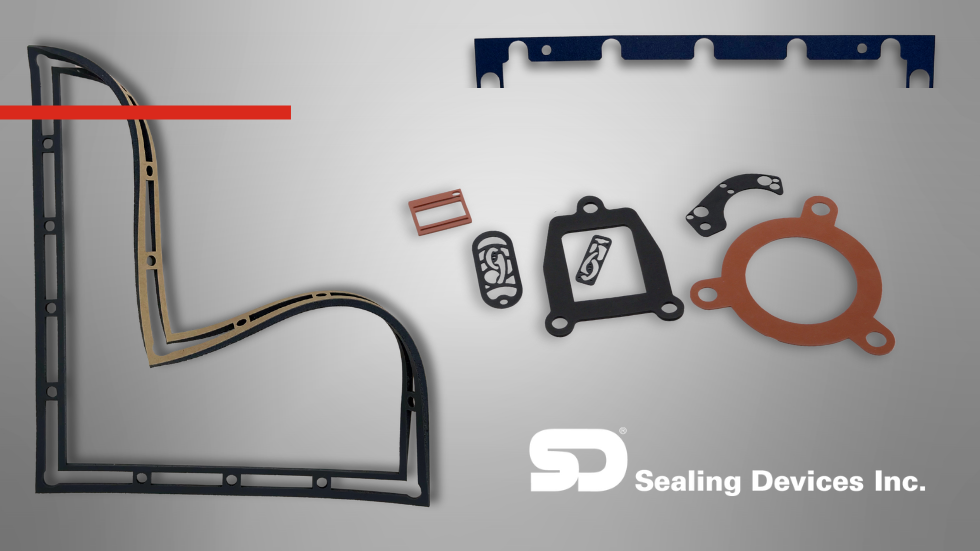If you’re new to sourcing sealing components, it’s easy to get overwhelmed by the number of options available. A common question we hear from engineers and buyers alike is:
What’s the difference between molded rubber parts and die-cut gaskets—and which one should I use?
The answer depends on your application’s requirements, geometry, volume, and performance needs. In this article, we’ll break down the key differences to help you make the right choice for your next sealing solution.
What Are Molded Rubber Parts?
Molded rubber parts are created by injecting or compressing uncured rubber into a custom-designed mold, and then heated under pressure. Once cured, the material takes on a permanent shape with defined dimensions and properties.
Best for:
-
Complex geometries such as 3D profiles, corner seals, or overmolded parts
-
Tight tolerances that demand consistent fit and function
-
Custom compounds where specific nonstandard properties are required.
Benefits of Molded Rubber:
-
Greater design flexibility
-
Allows for variable material thickness based on strength requirements.
Common Applications:
-
O-rings, grommets, boots, bumpers, and custom sealing profiles
What Are Die-Cut Gaskets?
Die-cut gaskets are flat sealing components stamped or cut from sheets of rubber, foam, or other gasketing materials. They are produced using steel-rule dies, lasers, waterjet equipment, or automated cutting systems.
Best for:
-
Flat, 2D shapes like flanges, panels, or lid seals
-
High-volume production with moderate complexity
-
Applications requiring quick turnaround and low tooling costs
Benefits of Die-Cut Gaskets:
-
Economical for large runs or simple shapes
-
Faster lead times compared to molded parts
-
Allows for the option to apply a pressure sensitive adhesive for easier installation and gasket retention
Common Applications:
-
Enclosure seals, electrical box gaskets, electrical connector gaskets, and HVAC systems
Quick Comparison Table
| Feature | Molded Rubber Parts | Die-Cut Gaskets |
|---|---|---|
| Shape complexity | High – supports 3-D designs | Moderate – flat 2-D profiles |
| Tolerances | Tight, highly consistent | Moderate |
| Tooling cost | Higher (custom molds) | Lower (dies or digital cutting) |
| Lead time | Longer (mold build required) | Shorter |
| Adhesive Backing | Not Available | Available |
| Custom Compounds | Available | Limited based on volume |
| Overall x-y Geometry | 36 x 36 inches 910 x 910 mm |
60 x 60 inches 1520 x1 520mm |
Choosing the Right Sealing Solution
Choosing between molded and die-cut components comes down to understanding your application requirements:
-
Do you need a complex shape or tight tolerance? Molded may be the way to go.
-
Working on a flat, simple profile with tight deadlines? Die-cut gaskets could be your best option.
-
Considering material compatibility, cost, and performance? We can help you evaluate.
Need an Expert Review?
At Sealing Devices, we specialize in both molded rubber manufacturing and precision die-cutting. Whether you’re designing for aerospace, electronics, military, or industrial applications, our engineering team can help you select the most efficient, cost-effective sealing solution.
👉 Send us your part drawing or spec sheet, and we’ll review it to recommend the right path forward.
